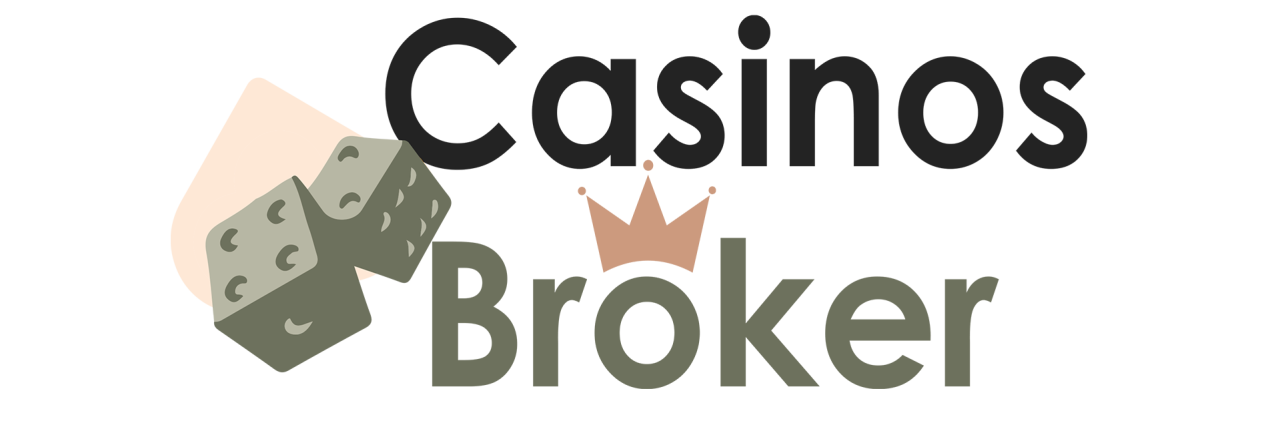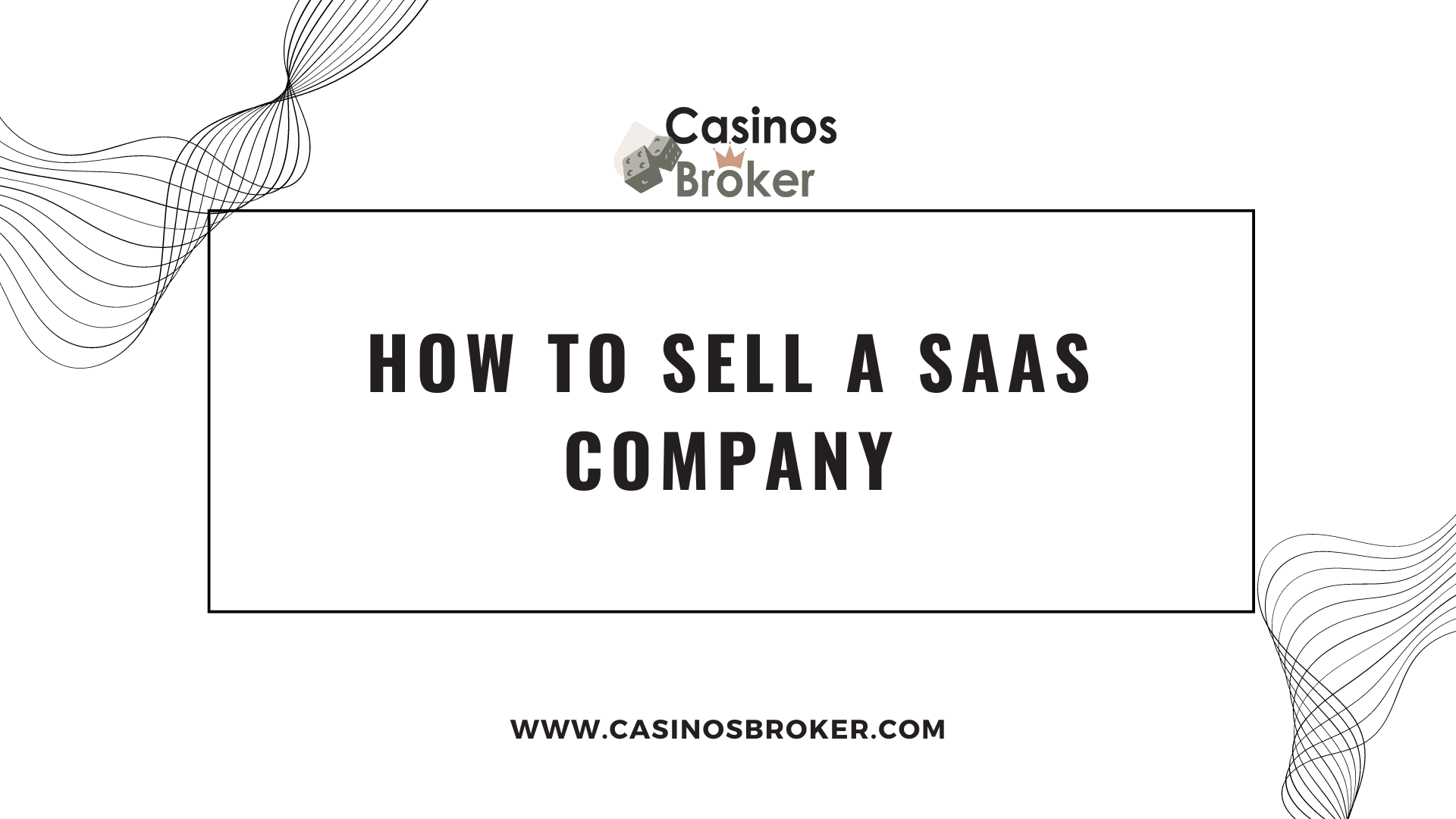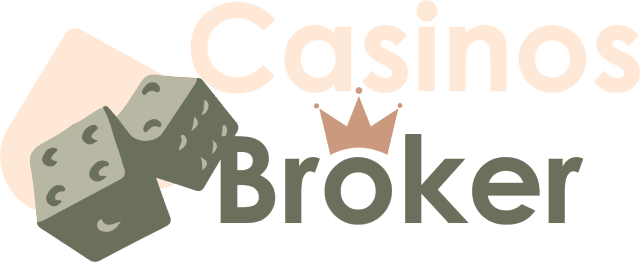You’ve created a successful software-as-a-service (SaaS) startup. You have a product that clients appear to value, and you have had some mild growth. What happens if you wish to leave the game? This article will teach you how to sell a SaaS company for profit.
It’s a frequent challenge for company founders. You’ve invested a significant amount of time and money developing a product and marketing it to the appropriate audiences. For a long time, your primary goal was to raise funds, build goods, hire a team, and scale. But now you’re wondering how to sell your SaaS company.
In this tutorial, we’ll go over some of the most critical issues to ask when selling a SaaS firm, such as how to calculate value, which channels to use for sale, and how to position your company to receive the highest price possible.
Why Sell Your SaaS Company?
Arguably, the most important thing to consider before learning how to sell a SaaS business is why sell at all. Why now? Finally, the motive to sell is entirely up to you and your business goals. You may be motivated by a personal life transition, such as retirement. Alternatively, you may want to capitalize on the SaaS market’s growing trend without becoming overwhelmed by competition.
In any case, some criteria must be considered while deciding when to sell.
How Much Is Your Online Business Worth?
CasinosBroker’s intelligent valuations engine is the most accurate in the market, taking into account thousands of transactions and real-time buyer demand. Use our free valuation tool to determine the value of your business and plan your next steps.
You Don’t Have the Means to Grow
This is a significant challenge for many startup firms. Early growth trends may have been rapid, but this often slows over time. If your company’s growth has been slow and you don’t believe you have the resources to improve it, it may be time to sell.
A common scenario for firms is to develop a useful product and get some consumers, only to discover that there is nowhere to go with present resources. Scaling necessitates funding for new staff, marketing, technology advancement, and other expenses – yet not all small firms have the revenue to exceed this threshold.
There are several reasons why this could be the case. Sometimes the problem is with the SaaS business model you choose. Some SaaS products lend themselves to low-cost, high-volume sales, and many organizations employ a freemium model to encourage customers to embrace. Others rely on fewer, large-ticket enterprise sales. A transactional sales approach is likely the most scalable, although many SaaS applications are better suited to a low-cost subscription model.
The message here is that your business model influences scalability, and not all SaaS businesses are built to grow. This may be difficult to notice or accept at first, but larger firms may be able to scale your business more effectively than you can.
You’re in it for the Product-Building
Some SaaS firm founders prioritize technology over business. Fundraising, marketing, and other activities can be taxing, and they demand quite different skill sets than designing a cutting-edge SaaS service.
If this is you, experts recommend that you consider if you would want to continue expanding if you had the funds. If the answer is yes, you might try selling a tiny percentage of your shares for some fast cash. If you believe the cash-flow problem is only temporary, you can consider applying for a loan or other finance.
But this isn’t true for everyone. If you are more interested in technology than marketing, you can hire someone to perform the rest for you. However, without the funds or the willingness, further expansion will be constrained. There’s nothing wrong with moving on if you wish to remain a developer and delegate long-term planning to another owner.
Your Product is Not a Whole Business
Another common difficulty for SaaS firms is having a good idea that does not necessarily lend itself to a large-scale business plan. This is due in part to the way most SaaS solutions are built, which is to identify and attempt to solve an issue in a specific industry. Often, the problem and its solution are fairly niche, resulting in a product that may be better as a part of someone else’s service platform than as a standalone offering.
If this applies to your business offering, that is OK. Your product may still be valuable to customers and the industry. It might be more valuable as part of another company’s service package than attempting to create it on your own.

How To Measure Value
Before selling a firm, it must be valued. We’ve previously created a guide on valuing internet businesses, which is an excellent place to start if you’re absolutely new to the subject. Here, we’ll go over some fundamentals before moving on to SaaS-specific considerations.
Estimating Fair Market Value
Before we get too further into financial jargon, let’s go over some fundamentals. Small businesses are typically evaluated using a concept known as seller’s discretionary earnings (SDE), which helps prospective buyers estimate the expected ROI on their purchase. In a nutshell, SDE = Revenue – Cost of Goods Sold – Non-discretionary Operating Expenses + Owner Compensation (compensation, shares).
This figure represents what a company may expect to earn in a year (pre-tax), and it is then multiplied by an industry multiplier to estimate long-term worth. Historically, SaaS enterprises have been valued between 3x and 10x. The factors influencing the calculations are more essential to us than the calculations themselves.
The Significant Variables
There are a few variables that are easily understood as having an impact on your business value. The first of these is age. It is a well-known figure that over 90% of startups fail, with roughly half failing within the first two years.
So, congrats – if you’re trying to sell your business, you’ve undoubtedly outperformed the odds. Having said that, an older business will demonstrate to potential purchasers that your product and business plan are viable. Businesses that are less than two years old can still be sold, but keep in mind that age may be a disadvantage.
When it comes to sustainability, customers will want to know how much input the firm will require. Many owners like a hands-off asset, so if you are solely responsible for your startup’s growth, marketing, and sales, fewer prospects will be interested. We’ll go deeper into this later.
Finally, prepare to present prospective purchasers your company’s growth trends. It almost goes without saying that a growing firm is more value. However, not all enterprises with significant growth potential are sold. It’s not a problem if growth isn’t where you want it to be; it could be why you’re selling in the first place. However, you will ideally be able to demonstrate consistency rather than decrease in order to demonstrate the worth of your firm.
Quantifying Success
Overall, it is critical to understand exactly what buyers would be looking for when evaluating your SaaS firm. Different sectors have different methods for measuring value. For example, the importance of web metrics in determining business value is unique to online enterprises. Similarly, for SaaS organizations, churn, MRR, and ARR will be important considerations.
While some churn is unavoidable, significant churn is sometimes perceived as a weakness in a SaaS business model. That’s because gaining new clients is costly. Furthermore, losing a large number of consumers in a short period of time may indicate issues with your service.
The churn rate is determined as the number of customers who depart in a certain time period divided by the total number of customers (x100). Newer firms are projected to experience higher turnover rates. Churn is more complicated for SaaS organizations, which often rely on monthly or annual subscriptions.
SaaS companies must distinguish between annual run rate, often known as annual recurring revenue (ARR), and monthly run rate (MRR). MRR is recurring revenue normalized to a monthly amount, and it can help put subscription-based revenue in context when comparing billing periods. It’s critical to track your earnings from annual subscriptions as opposed to monthly subscriptions.
To provide context for your churn rates and revenue, consider two of the most important SaaS metrics: client lifetime value (LTV) and customer acquisition cost (CAC). If the cost of gaining new consumers is too high, or if the expected long-term value from each customer is too low, your firm will be less viable.
Where To Sell Your SaaS Company
Once you understand the fundamentals, you can begin to construct an internal valuation of what you believe your company is worth. Then, get a second evaluation, either via a free online tool or a professional valuation service. The next step is to familiarize yourself with the various platforms available.
Sell Directly
Probably the most obvious strategy to sell a SaaS company is to simply sell it. If you believe your company is well-positioned and you are aware of potential purchasers in the industry, there is no reason you cannot approach them. Some larger firms even make offers on smaller enterprises that they believe are valuable.
Steve Jobs, for example, attempted to acquire DropBox. Referring back to our product vs. feature conversation, Jobs believed that file syncing capabilities were not a business in and of themselves. He perceived it as a feature, which he apparently desired. DropBox declined the offer and is still in business, but Apple and other heavyweights have since introduced file syncing options to their platforms.
This is not to argue that you should wait for Apple to find you. But it does demonstrate that huge corporations will perceive value when they see it. And you can help them see it by cold-calling potential buyers and pitching them just like any other consumer. The disadvantage is that this takes a long time and does not always produce profitable outcomes. Furthermore, you would most likely have to pay accountants, lawyers, and other professionals to assist you, so you may not save much money in the long run.
Go To Auction
If your business is tiny and reasonably priced, this choice may be perfect for you. There will be a predetermined length of time for prospective buyers to bid, similar to a typical auction, so it’s a terrific method to speed up the selling process if you’re in a hurry.
Again, this solution requires you to handle the logistics. Unlike marketplaces, the pricing structure is typically a flat listing fee plus a percentage success fee when the item sells. Furthermore, auctioned enterprises rarely sell for a high price, therefore your earnings will likely be lower than with other possibilities. You may receive a lot of attention and offers, but it does not always equal to a better price.

Use A Broker
Using a broker to sell your company might save you time and effort, especially if you are new to business ownership and selling. Someone will oversee the sales process for you. Good brokers can also assist you with optimizing your firm before selling it in order to maximize the transaction’s value.
Naturally, there are trade-offs. A brokerage firm will charge you a percentage of the sale price, so the more money you make, the more you’ll pay for the service. On the one hand, this might be beneficial because you know your broker is interested in obtaining you the best possible deal. However, if you believe your small business isn’t worth much in the first place, you may be better off using a marketplace or auction.
Tips To Position Your Business as an Easy Sell
Now that you understand how SaaS business value is determined, consider how you might boost it. If you want to sell quickly, you may have limited options for lowering churn, delivering new product updates, and so on. However, there are still certain steps you can do to make your business more enticing to potential customers.
Audit Your Operations
As previously said, purchasers are unlikely to desire to purchase a business that will need a significant amount of their time and effort. As a seller, it is in your best advantage to automate and streamline as many internal company procedures as possible.
Customer service is a great illustration of this. Early-stage startups may have an all-hands-on-deck environment. As your firm grows, consider outsourcing customer care to call centers or chatbots. Accounting should be a mostly automated process, or at least not something you do yourself as the owner. It is much better if you can automate a major percentage of your marketing. Automation and outsourcing will significantly raise the perceived worth of your organization by making ownership a largely passive activity.
Document Everything
Buyers of SaaS services are not always tech-savvy. Even you, as the business owner, may not have actively participated in every stage of the product creation process. However, when it comes time to sell, the new teams will need a thorough understanding of how the product works.
As a result, clean, well-documented code is vitally critical for increasing the value of your SaaS business. Document every modification, including when it was last tested. This guideline is not limited to the technological aspects. Accounts, internal expenses, corporate operations, marketing objectives, and other details should all be clearly documented. The easier it is to understand your company, the easier it will be to persuade a third party to get engaged.
Don’t Try To Inflate Value
We’ve covered a lot of the aspects that affect value, but that doesn’t imply you should try to mimic them. For example, resist the temptation to run a major offer on low-cost annual memberships only to boost your statistics. Buyers will see through this, and it will not translate into long-term growth. It’s preferable to keep a constant trajectory in the months before attempting to sell.
Conclusion
Choosing when and how to sell a SaaS firm is a major decision. You should avoid taking dramatic steps and instead consider why you want to sell and whether now is the right moment to do so. Once you’ve decided that selling is the best option, follow these guidelines to ensure that your success as a founder transfers into a highly valued, profitable business product.
Frequently Asked Questions (FAQ) on Selling a SaaS Company
1. Why is Seller’s Discretionary Earnings (SDE) used instead of Net Profit for valuing small SaaS businesses?
Net Profit often includes expenses that are specific to the current owner, such as their personal salary, one-time travel costs, or personal vehicle leases. SDE “adds back” these expenses to show the true earning potential of the business for a new owner. Essentially, SDE answers the question: “How much cash flow would this business generate for me if I ran it myself?”
2. What is a “good” churn rate for a SaaS company looking to sell?
While it varies by industry (B2B vs. B2C), a monthly churn rate of 5% or lower is generally considered healthy for small-to-mid-sized SaaS companies. If your churn is above 10%, it signals to buyers that your product has retention issues or a poor market fit, which will significantly lower your valuation multiple. Buyers prefer a “leaky bucket” that has been fixed over a fast-growing bucket that loses water quickly.
3. Is it better to sell my code/IP separately if the business isn’t profitable?
Rarely. Buyers are typically looking for a functioning business (revenue, customers, brand), not just a repository of code. Selling just the IP usually yields a fraction of the value compared to selling the entire business entity. However, if your business is failing but the technology is revolutionary, you might target a “strategic buyer” (a competitor) who wants your tech to integrate into their own platform, rather than a financial buyer looking for cash flow.
4. How long does the due diligence process take for a SaaS sale?
For small to mid-sized SaaS deals ($50k – $5M), due diligence typically takes 30 to 60 days. During this time, the buyer will verify your revenue (via Stripe/PayPal/bank statements), audit your code (checking for technical debt and documentation), and review customer support logs. Having your documentation organized beforehand (as suggested in the “Document Everything” section) can speed this process up significantly.
5. Can I sell my SaaS business if I’m the only developer?
Yes, but it creates “Key Person Risk.” If the entire product relies on code only you understand, buyers will worry the business will break once you leave. To mitigate this and maintain your valuation, you should document your code extensively, create SOPs (Standard Operating Procedures) for updates, and perhaps offer a longer “transition period” (e.g., 3-6 months) where you stay on as a consultant to train the new owner or their team.





